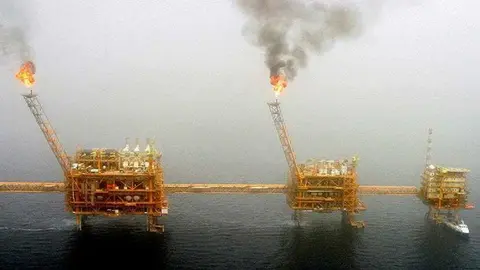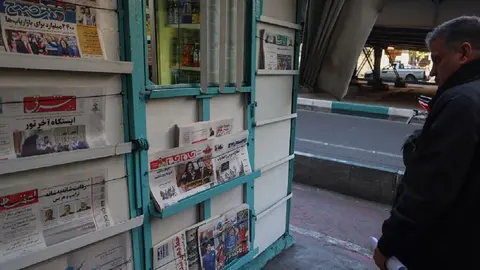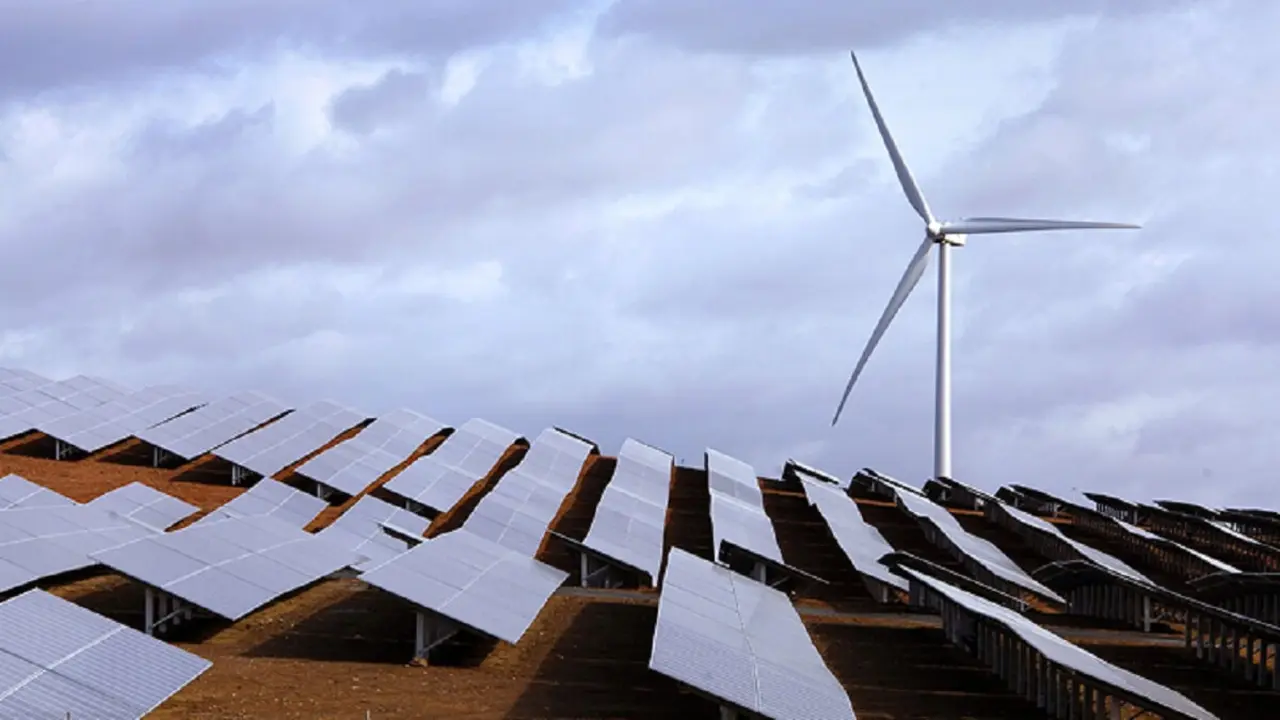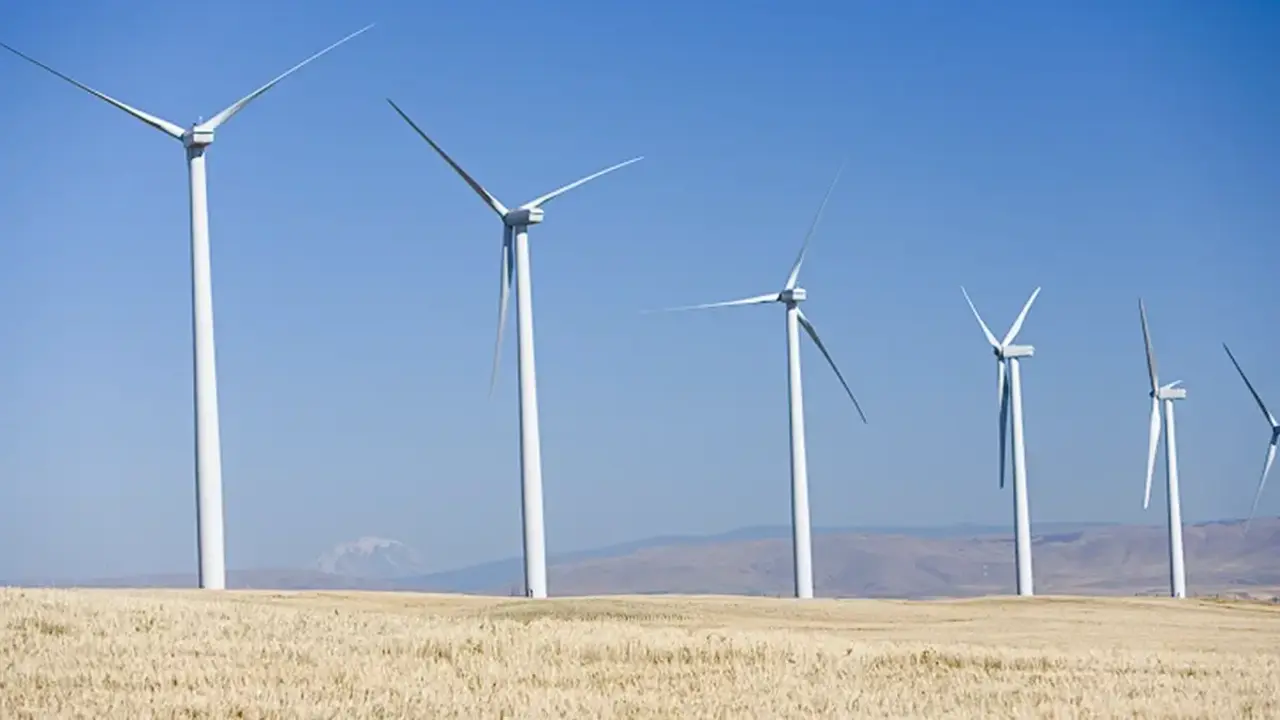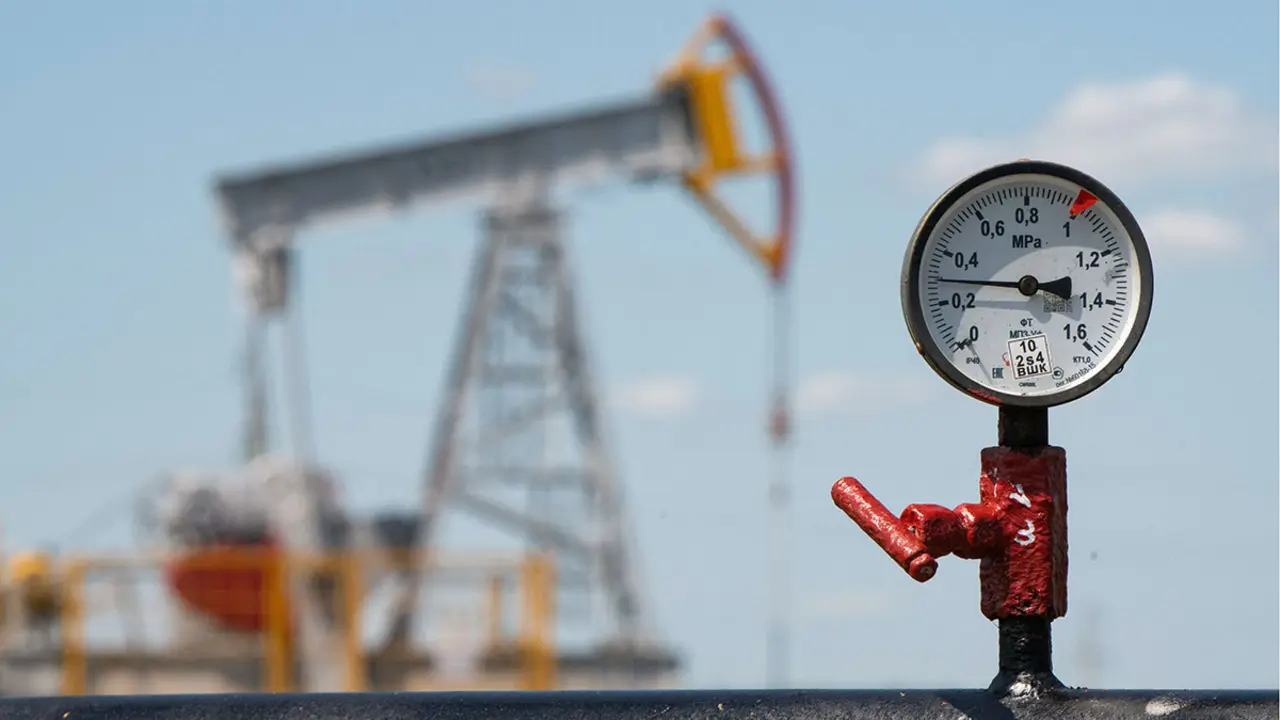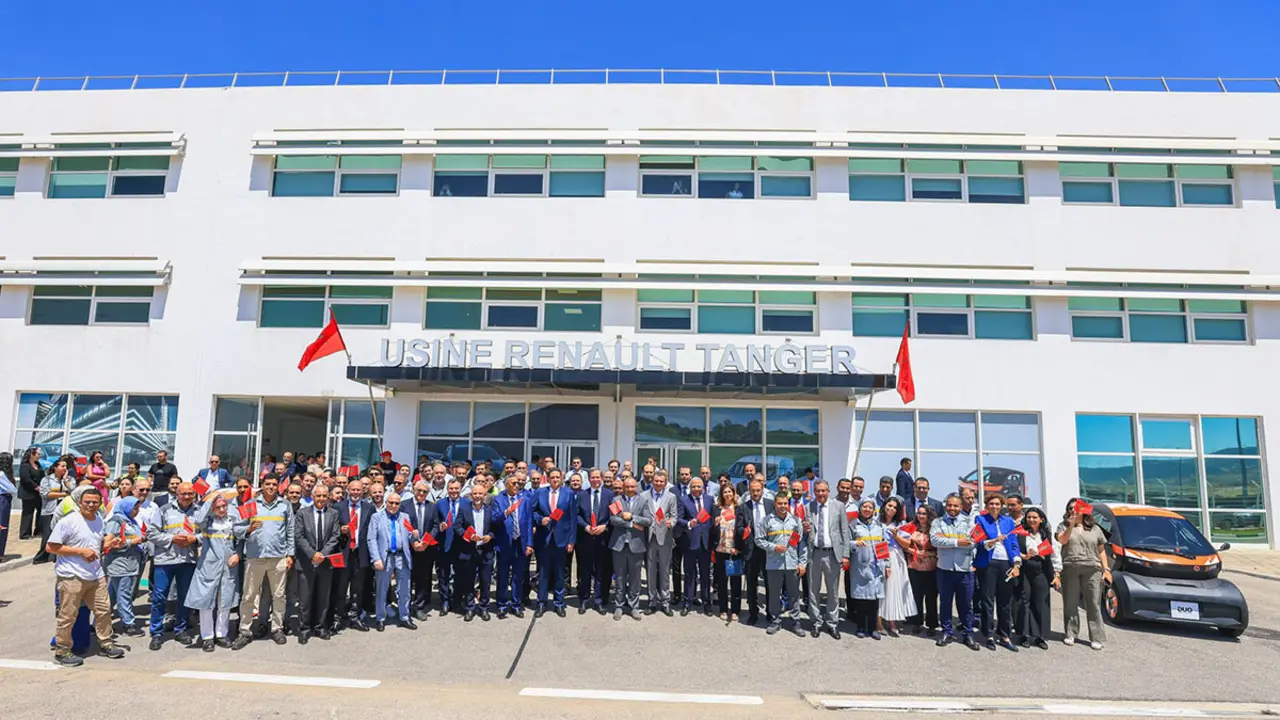Energy crisis forces Iran to ration electricity supply
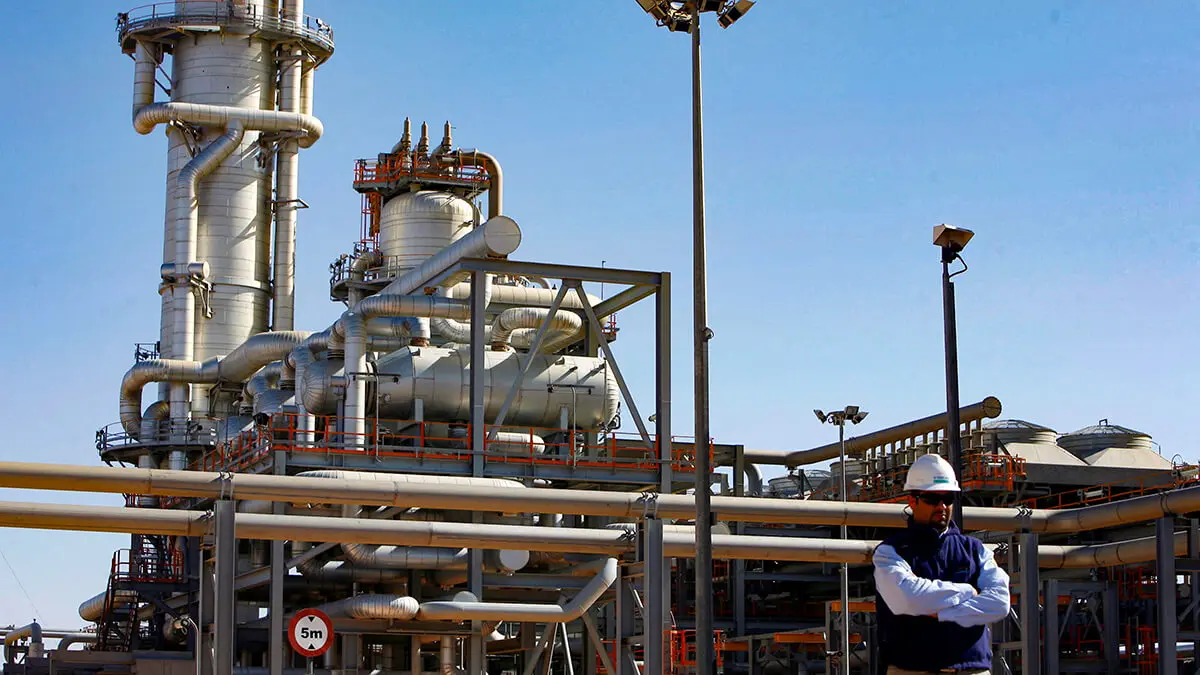
The Islamic Republic of Iran has begun implementing nationwide power cuts in response to an energy crisis related to shortages of natural gas and fuel shortly before winter.
A few days ago the authorities announced a plan to rationalise electricity supply for two hours a day in the capital, Tehran - home to 9.5 million people - and for eight hours in the rest of the provinces, affecting not only the lives of citizens, but also the business and industrial sectors.
The scheduled power cuts are part of the government's strategy to conserve fuel and reduce dependence on mazut, a heavy, low-quality and highly polluting fuel.
The General Electricity Distribution Company announced this decision citing the ‘limited supply of gas used as fuel in power plants’, in addition to the government's decree ‘not to use diesel fuel in some power plants’.
The move also follows the decision to ban diesel fuel on Wednesday in three power plants: Arak, Isfahan and Karaj, as this alternative fuel to natural gas contributed to high levels of air pollution in the country.
OPEC member Iran is facing an energy supply crisis despite having the third largest oil reserves after Venezuela and Saudi Arabia and the second largest natural gas reserves in the world.
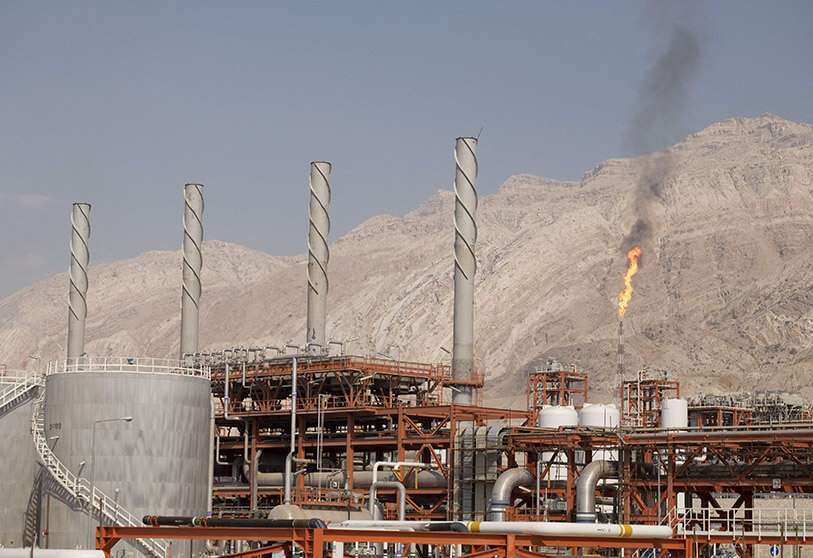
Years of underinvestment in electricity generation and poor maintenance of existing infrastructure led to frequent power outages during the summer, due to increased use of air conditioning because of high temperatures.
Due to this situation, the Iranian authorities decided last July to halve the working day for several days in public institutions in order to save energy.
However, as temperatures drop in winter, the Iranian authorities face another energy problem, as gas supplies are insufficient to meet growing demand, forcing power plants to rely on diesel as a raw material.

The country is expected to face a gas shortage of at least 260 million cubic metres per day this winter, and the government has already begun talks to increase imports from Turkmenistan.
Data from the Iranian Energy Ministry indicate that gas supplies to stations fell by 30% this year compared to 2023, while diesel stocks fell to less than 1.26 billion litres.
The decline in liquid fuel stocks follows a 36% drop since 2022, adding pressure to an already overburdened power grid.
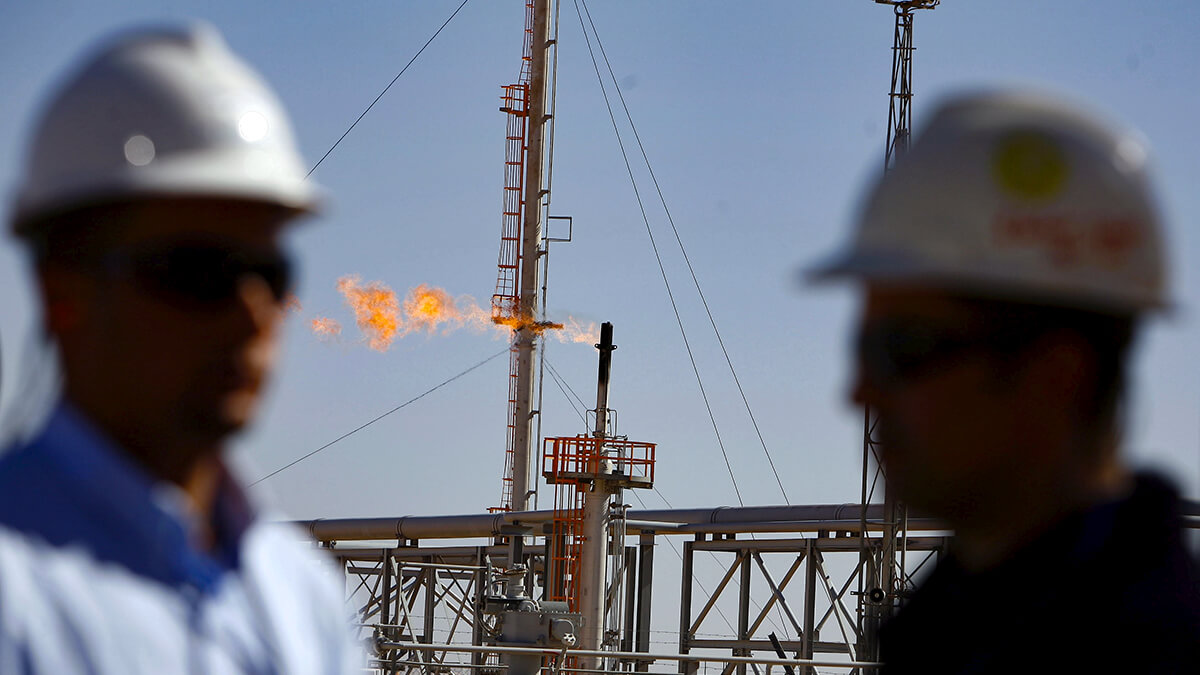
Amid this crisis, some public officials have blamed the population, indicating that high domestic energy consumption is contributing to the shortage. Mohammad Jafar Ghaempanah, executive deputy of Pezeshkian, urged citizens to reduce heating use and electricity consumption, saying that high demand is a major factor in the blackouts.
He also saw energy subsidies as part of the problem, suggesting that low prices encourage excessive consumption. However, as Iran International points out, government management of infrastructure, rather than consumer behaviour, is at the root of the crisis.
Similarly, the chairman of the board of directors of the Electricity Syndicate, Hassan Ali Taqizadeh, has pointed out that domestic consumption is disproportionately high, stressing that households consume about half as much electricity per capita compared to Europe.
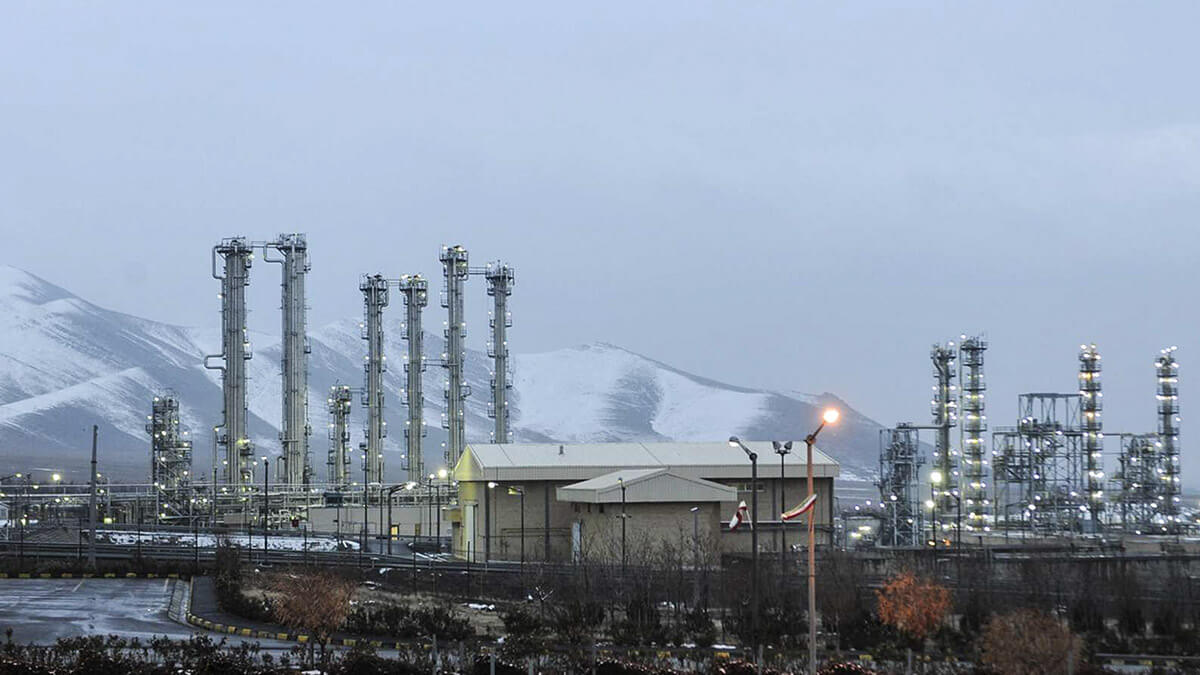
‘It is incorrect to say that public consumption is high. Our people consume much less electricity than the world,’ he said, according to local media, calling for structural solutions rather than relying on temporary cuts.
With an eye on solving the energy crisis, Iranian President Masoud Pezeshkian has left the door open to talks with the United States and other Western countries in the hope of removing sanctions, which would allow the country to secure supplies and maintain power plants.
During his first term, Trump withdrew from the Iran nuclear deal and reimposed sanctions as part of his ‘maximum pressure’ campaign against Tehran.
Sanctions are not the only problem, though. According to Ahmed Moradi, a member of parliament's energy committee, the national grid suffers from a 20,000 megawatt electricity deficit. He attributes this shortage to ‘insufficient generation capacity and problems in power plants and old transmission lines’.
The authorities are also trying to manage the high demand for gasoline, which is attributed to inefficient domestic automobiles, poor fuel quality and inadequate public transport.
The country currently enjoys one of the cheapest petrol prices in the world, with the price per litre at around 0.02 dollars. However, Pezeshkian has questioned the viability of huge subsidies for this fuel, so prices are likely to rise next year, which will further increase social unrest.


